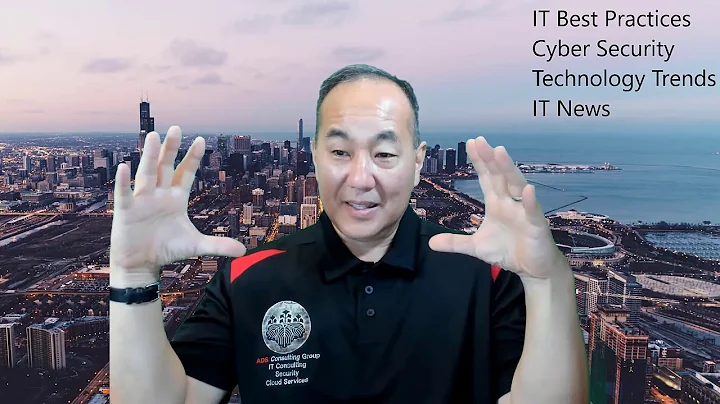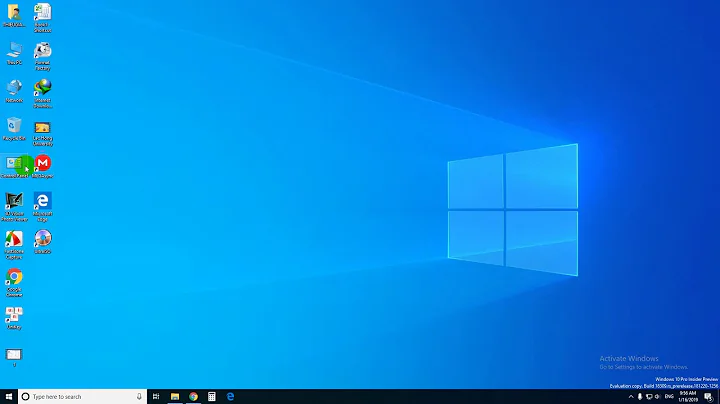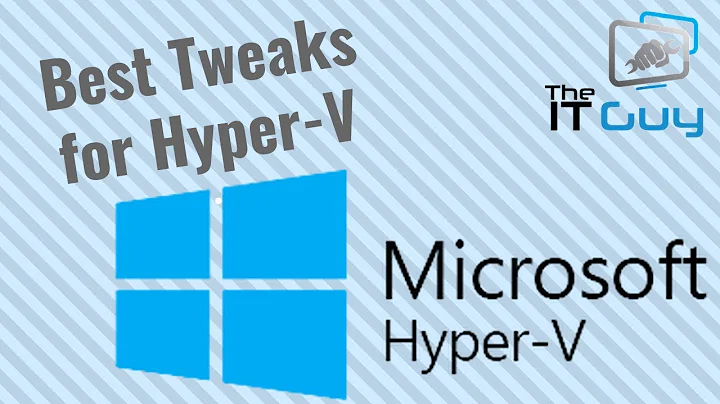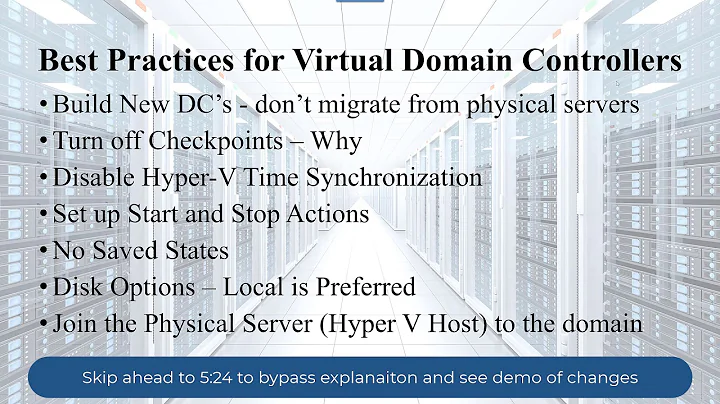Best practice to disable SpeedStep for Hyper-V hosts?
After a bit more searching it seems like this is a general problem with modern server CPUs, even unrelated to virtualization, and major server vendors as well as software vendors like Microsoft and VMWare ship their products with default settings that artificially limit your CPU performance. I still find that hard to believe.
The solution for anybody who cares about having instantly access to full CPU power per core without all the cores being busy at first, is to disable power saving (Intel SpeedStep/EIST or AMD Cool'n'Quiet). Depending on your BIOS setting, this can be controlled on the OS level (like on Windows powercfg.cpl "High-Performance" plan), or via BIOS, in this case the OS setting is grayed out.
Brent Ozar wrote on this ("SQL Server on Power-Saving CPUs? Not So Fast.") in 2011:
In the last few weeks, I’ve seen several cases where server upgrades have resulted in worse performance, and one of the key factors has been throttled-down CPUs. In theory, the servers should crank up the juice according to demand, but in reality, that’s rarely the case. Server manufacturers are hiding power-saving settings in the BIOS, and Windows Server ships with a default power-saving option that throttles the CPU down way too often.
Microsoft says in KB2207548:
In some cases you may experience degraded overall performance on a Windows Server 2008 R2 machine when running with the default (Balanced) power plan. The issue may occur irrespective of platform and may be exhibited on both native and virtual environments. The degraded performance may increase the average response time for some tasks and cause performance issues with CPU-intensive applications. [...] This issue may occur if the Power Options settings are set to Balanced. By default, Windows Server 2008 R2 sets the Balanced (recommended) power plan
There is a hotfix available for Win2008R2, and a BIOS update is recommended, but since this is an issue still with Win2012R2 it seems there is no way around the second recommendation, "High performance" plan.
An issue with similar symptoms is described in KB2534356 which also offers a hotfix for Win2008R2 only. So for me only the usual workaround applys (High performance plan), but it sounds like a fix could be possible in the future. (It works great on desktop CPUs, so I don't understand why it shouldn't be possible on the server.)
I will update this answer in case I might find a better solution (or of course will change the accepted answer if someone else is posting a solution).
Still wondering if EC2 or Azure might have the same issue (in this case you wouldn't be able to do anything about it since you need control over the host, changing the setting in the VM won't have any effects).
Some more references:
- Consider CPU Power Optimization Versus Performance When Virtualizing (2011; follow-up in 2013)
- HOW DBPM AFFECTS GUEST VM PERFORMANCE (2013)
- High CPU Ready with Low CPU Utilization? (same advice for VMWare when experiencing high "CPU ready" figures)
Related videos on Youtube
huzaifa imran
Updated on September 18, 2022Comments
-
 huzaifa imran over 1 year
huzaifa imran over 1 yearI am new to threading concepts in Java. I made a thread consisting of a method called timer() this method lessens the value of the variable 'time'. I dont know what I am doing wrong in this, The code is posted below:
package Threading; /** * Threads are used to perform tasks cocurrently * In this example we used Thread Class * .start() is method use to run the method * .sleep is used for delay and so on */ public class Intro_using_Thread extends Thread { int time; public Intro_using_Thread(int time) { this.time = time; } public void timer() { for (int i = time; i >= 0; i--) { time--; try { Thread.sleep(1000); } catch (InterruptedException e) { e.printStackTrace(); } } } }Driver Class
package Threading; import java.util.Scanner; /** * Threads are used to perform tasks cocurrently In this example we used Thread * Class .start() is method use to run task */ public class Intro_using_thread_run { public static void main(String[] args) { int choice; Scanner in = new Scanner(System.in); Intro_using_Thread timerobj = new Intro_using_Thread(200000); timerobj.start(); while (timerobj.time!=0) { choice = in.nextInt(); System.out.println("The time is = "+timerobj.time); } } }OUTPUT
I dont know why Stack overflow does not lemme add pictures.
-
raja over 9 yearsnot all UEFI firmware supports disabling speedstep
-
realMarkusSchmidt over 9 yearsThanks, but as I wrote, I was able to turn it off in Windows control panel without even rebooting. That's not my problem. My question is if this is really expected behavior and if there is a workaround without disabling power management. E.g. I don't think cloud providers like Amazon, Google or Microsoft would do this, they probably would get crazy power consumption and cooling problems in their datacenters... it's probably not best practice.
-
realMarkusSchmidt over 9 yearsSo when you (sporadically) saw this, what did you do about it?
-
Michael over 8 yearsYou'd think if the customer wanted a low power cpu, they would BUY a lower power CPU - not have it forced upon them by an obscure setting who's nature does not reveal its self anywhere but a 3rd party tool!
-
Solomon Slow about 3 yearsRe, "When you call...start(), it...calls run()." That's true, but saying it that way could mislead a beginner. The
run()call happens because of thestart()call, but it does not happen inside thestart()call: It happens in a different thread. -
 huzaifa imran about 3 yearsDoes that mean that simply calling timerobj.run() will run that function on same thread? Does this mean that after running start() once makes a different thread and after that every run() will call that new thread?
huzaifa imran about 3 yearsDoes that mean that simply calling timerobj.run() will run that function on same thread? Does this mean that after running start() once makes a different thread and after that every run() will call that new thread? -
Akshar about 3 yearsSolomon : Updated the answer to be more clear.
-
Akshar about 3 yearshuzaifa : A) Does that mean that simply calling timerobj.run() will run that function on same thread? -- Yes. timerobj is still a java object and you can call its functions. B) Does this mean that after running start() once makes a different thread and after that every run() will call that new thread? -- start() creates a new thread and calls run() method on the new thread.






